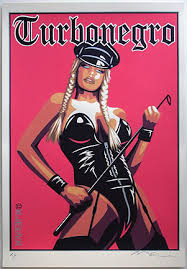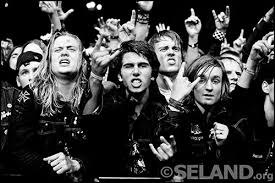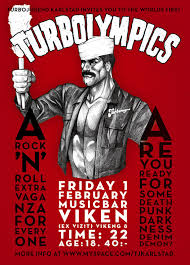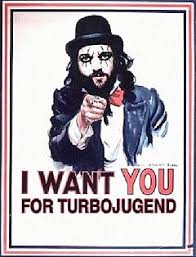was with the publication of the decree of November 14, 1702 which introduced "officially" the use of grenadiers in our army as well, "for having introduced the modern militia in Europe the use of grenadiers , and the experience has shown that this kind of soldiers is of great effect in the fighting and all occasions. " D. Pedro II establishes that in each of the two-thirds had regular companies of grenadiers, who were always graded and given as elite infantry companies. However, before the publication of the Decree existed grenadiers, but non-"official" because it has previously indicated that each third would have a company of grenadiers. with respect to the uniforms of the Grenadiers were known to be equal to those of other members of the other companies of the regiment, but the head cover was different, as in all countries of Europe where the grenadiers were known for that. primarily used mitres and later shakos skin, that the simple reasons that the infantry to arremeBird grenades and other explosive devices, Could Not Have the coverage head hats with flaps, because They hinder the arms in handling and throwing the grenades. that will be in Portugal followed the same system? it seems so, because when analyzing the written sources and iconography we have the following: in relation to gender, dated 1735, among a variety of materials are baldric and tassels of gold mitres mitres grenadiers also for officers and soldiers. in office dated December 2, 1760, signed by the Earl of ega, read as follows: "... with the knowledge that you. sent me on March 31 was received from the rest for garnish chifarotes mitres and companies grenadier. "the iconographic sources, who knows, one can prove the existence of grenadiers with mitres: elvas walls on the door of Olivenza, is
a statue of a soldier of infantry sporting a mitre, not knowing if the date on which certain there was placed, but the uniform in stating that no doubt will of the late seventeenth century and the early eighteenth century. This is an extraordinary and unique piece, unfortunately doomed to total abandonment, where you can clearly see the uniform and mitre of grenadier, other sources, extremely interesting, are the tile panels that are in a stairwell at the hospital of St. Anthony of hoods, which differs quite a company of infantry with its official, all sporting miters. Finally, no book "Militia Practice" Bento Gomes Coelho, printed in 1740, in Volume II, Figure 3 is that between pages 58 and 59, it appears that the drum and fife, the company of grenadiers, sports miter (are in the third row), the remaining members of that company already using bearskin shako. I know no other iconographic sources that I can give more clues, but certainly others exist. as the color of the miter, I gather, pair comparison with those of others, which should be red, Alvadia or dark blue, with the brass plate of brass yellow to golden soldiers and officers. Doing a thorough observation of the Elvas sculpture dare myself to describe his uniform as follows: miter: cloth or mazarine alvadio with her yellow tassel, gold for officers. on the front, yellow brass plate with a grenade in high relief, for the officers, golden plate. the back, will have a knock tightening (?). everything according to the figures.
jacket: cloth mazarine Alvadia or color, open the front without bands, with the back collar of his uniform and red color (it was one of the more distinctive colors in use), yellow brass buttons with buttonholes embroidery of wool or yarn gold (depending on rank). cahoes red sleeves with three buttons of yellow brass, with caseados equal to those in uniform. the jacket has a knock on either side from where a series of tweezers in order to make it more loose, thus giving, as was customary at that time, more freedom of movement for military exercises. the pockets are drawn across the width and has eyelashes wide, much to the use of the time, and buttoned by three buttons embossed with a flower in the center, with its a la buttonholes or wire indicated above. linen white socks and black shoes with buckle and Cordovan. the bag to grenades, placed in tow, from left to right, is very decorated with floral motifs, either could be leather or cloth embroidered with her yellow or golden thread, as the post was suspended by a wide leather belt white. This is the most accurate possible description I can give the statue in question.
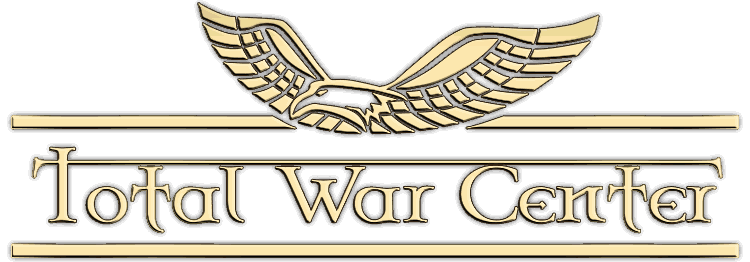





 Reply With Quote
Reply With Quote








